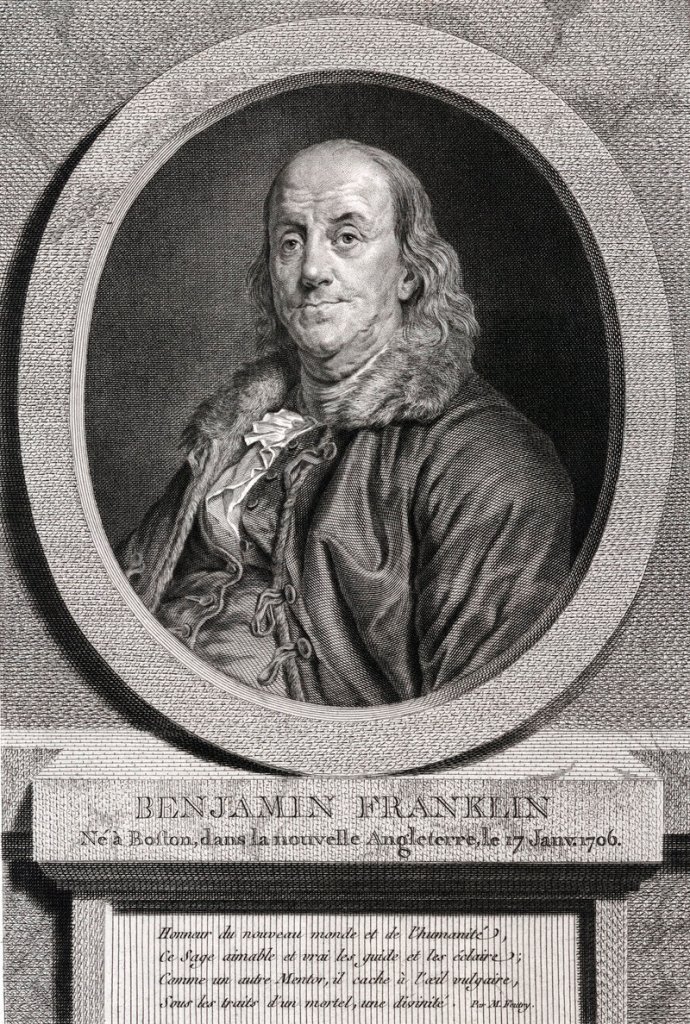WASHINGTON – Mom might get a quick note in the mail. Sis might get a birthday card. But that’s about it. For the typical American household these days, nearly two months will pass before a personal letter shows up.
The avalanche of advertising still arrives, of course, along with magazines and catalogs. But personal letters — as well as most bill payments — have largely been replaced by email, Twitter, Facebook and the like.
“In the future old ‘love letters’ may not be found in boxes in the attic but rather circulating through the Internet, if people care to look for them,” said Webster Newbold, a professor of English at Ball State University in Muncie, Ind.
Last year the typical home received a personal letter about every seven weeks, according to the annual survey done by the post office. As recently as 1987 it was once every two weeks. That doesn’t include greeting cards or invitations.
It’s very different from the nation’s earlier days. When Benjamin Franklin was in charge of the mail, letters bound far-flung Americans together.
“If I write, it’s only to my mother and it’s a quick note,” said Andy Aldrich, an education program coordinator who lives in Vienna, Va. He said he sends his mother a hand-written letter about once every four months. Otherwise, Aldrich said he mostly communicates through emails, text messages and Skype with relatives.
Bob Cvetic, of Waldorf, Md., a health specialist with a federal law enforcement agency, said different forms of communication have different purposes.
“Emails are something quick,” he said. “Letters are letters … You can’t send an email saying, ‘Hey, sorry to hear you lost your father.’ “
Mike Stanley of Silver Spring, Md., said he mostly uses the Postal Service to pay bills. He did send his sister a birthday card in August.
“I don’t send letters. I use the cellphone or email,” he said. “It’s faster.”
Even Stanley’s mailing of bill payments is no longer the norm, with the post office reporting that “for the first time, in 2010, fewer than 50 percent of all bills were paid by mail.”
The Postal Service says the decline in letter-writing is “primarily driven by the adoption of the Internet as a preferred method of communication.”
The loss of that lucrative first-class mail is just one part of the agency’s financial troubles, along with a decline in other mail. The Postal Service is facing losses of $8 billion this year.
Aaron Sachs, a professor of American Studies and History at Cornell University, said, “One of the ironies for me is that everyone talks about electronic media bringing people closer together, and I think this is a way we wind up more separate. We don’t have the intimacy that we have when we go to the attic and read Grandma’s letters.”
Send questions/comments to the editors.



Success. Please wait for the page to reload. If the page does not reload within 5 seconds, please refresh the page.
Enter your email and password to access comments.
Hi, to comment on stories you must . This profile is in addition to your subscription and website login.
Already have a commenting profile? .
Invalid username/password.
Please check your email to confirm and complete your registration.
Only subscribers are eligible to post comments. Please subscribe or login first for digital access. Here’s why.
Use the form below to reset your password. When you've submitted your account email, we will send an email with a reset code.